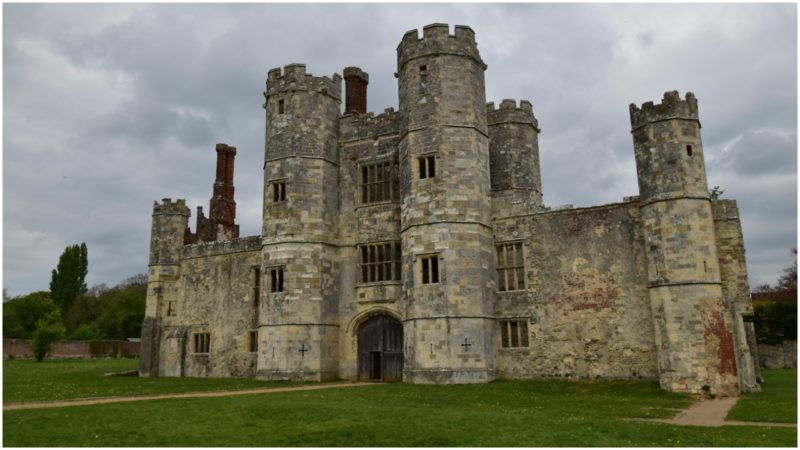Few buildings around the world can make the claim to have been used as both culturally significant sacred and secular spaces. The examples when structures served as a house of God and later as a residence for laypeople are certainly very rare. One of these unique examples is located at the edge of the village of Titchfield, near the town of Fareham, in the south part of Hampshire, England.
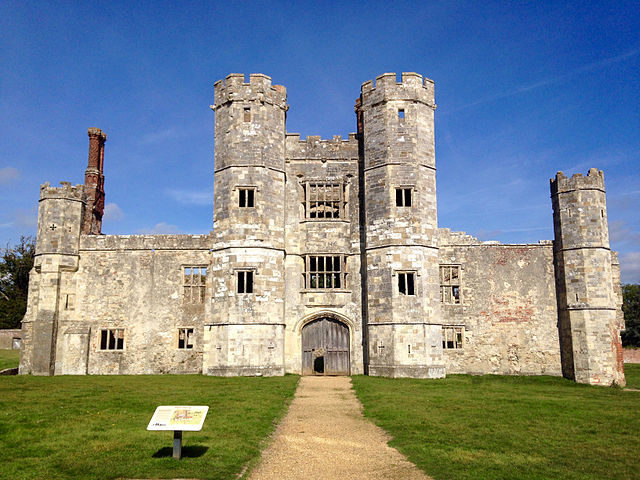
Today it is only a picturesque, roofless shell that stands silently and proudly between the endless blue sky and the green grass and lush trees of the valley of the River Meon, but these magnificent remains have many stories to tell.
The story of the ruins begins in the 13th century. It was initially constructed as an abbey. Titchfield Abbey was built in 1231 by Peter des Roches, Bishop of Winchester. The medieval abbey dedicated to St Mary and St John the Evangelist was a place of residence and property of the Premonstratensians canons for over 300 years.
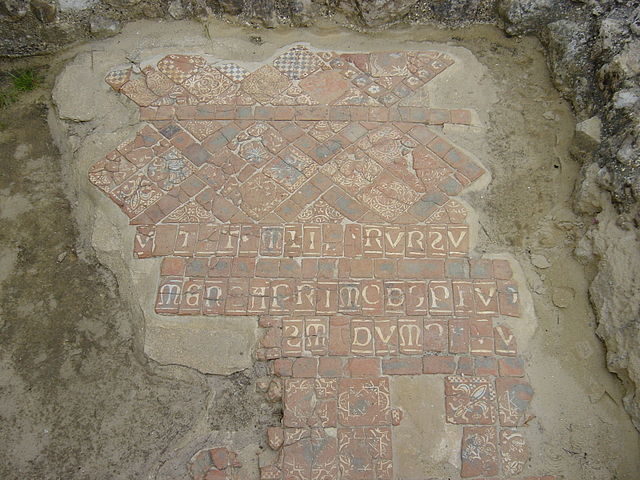
The canons lived in a community as monks but did not have strict rules of isolation; they often served and preached as priests in the nearby villages and towns. In fact, their community represented a community of priests that lived together following certain principles. The order was also known as the order of the White Canons, due to the white color of their clothes, but probably also because of their purity and their simple and pious way of life. Interestingly, the majority of Titchfield Abbey’s wealth was in the grand collection of books in the abbey’s library.
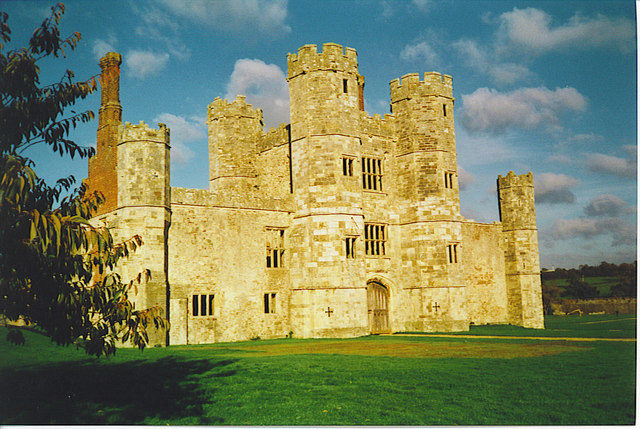
At its zenith, 15 canons lived in the abbey. They maintained several farm buildings and fishponds. Although without significant influence in the political and religious scene in England, the abbey didn’t escape the dramatic consequences of the Dissolution of the Monasteries or Suppression of the Monasteries, when Henry VIII ordered all of the monasteries and priors in England to be dissolved. Titchfield Abbey and its monastic life ceased to exist between 1536 and 1541.

But Titchfield Abbey didn’t share the same bad fortune as a great number of the closed monasteries. Instead of being completely abandoned, it only changed its owner and use. Henry VIII gave the abbey and the abbey’s property as a reward to Sir Thomas Wriothesley, 1st Earl of Southampton, who was one of his most loyal advisers. The main buildings of the former abbey were transformed into an impressive mansion known as Place House or Titchfield Palace, which became the main country seat of the Wriothesley family in the next centuries.
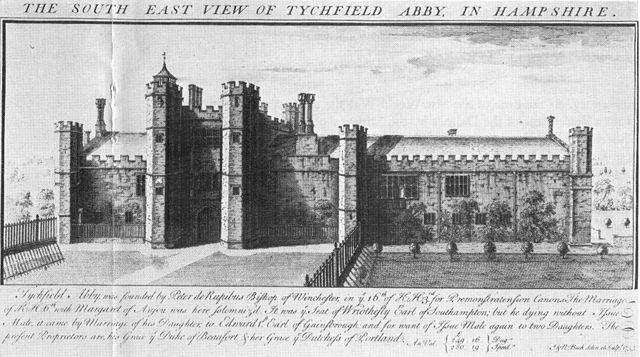
A majestic, turreted gatehouse that served as an entrance was built over the west side of the nave of the abbey church. The cloister became a courtyard. The powerful Tudor family had the mansion until the death of the 4th Earl of Southampton. During this period, many members of the royal family were often guests at the palace. After 1667, several families were owners of the mansion but rarely used it. That lasted until 1781 when most of the buildings of the mansion were deliberately torn down and the building material was reused for other structures.
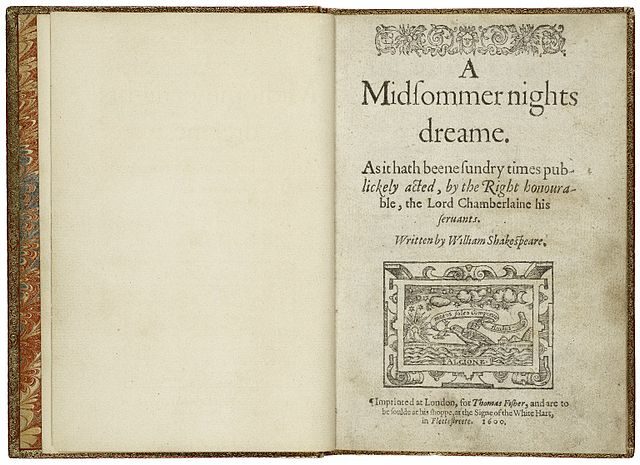
According to popular belief, some of the Shakespeare’s plays, including A Midsummer Night’s Dream and Romeo and Juliet had their premieres in the Place House, probably in on of the exclusive chambers next to the gatehouse. This assumption is historically possible due to the 3rd Earl of Southampton’s patronage of the great poet.
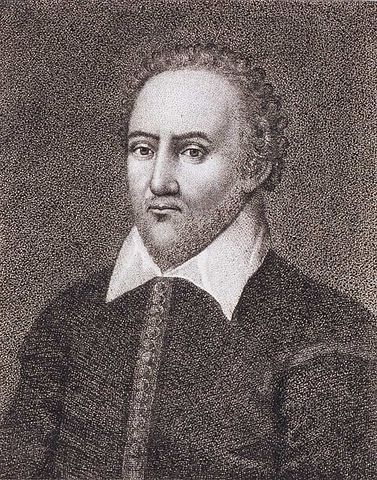
The monumental three-story gatehouse, although now only its lovely shell, is still standing with the four towers over the rest of the ruins. The grand chimneys, fireplaces, and a few massive doors are also still standing almost intact. There are hidden doorways in the walls which only feed the imagination and give a mystical sense to the site. The original abbey’s foundations can be also recognized, like parts of the arches of the library and the chapter house, as well parts of the medieval floor tiles. On the northwestern side of the complex are located the four medieval fishponds. The site was excavated in the 1920s and today is a popular tourist attraction protected by English Heritage.
